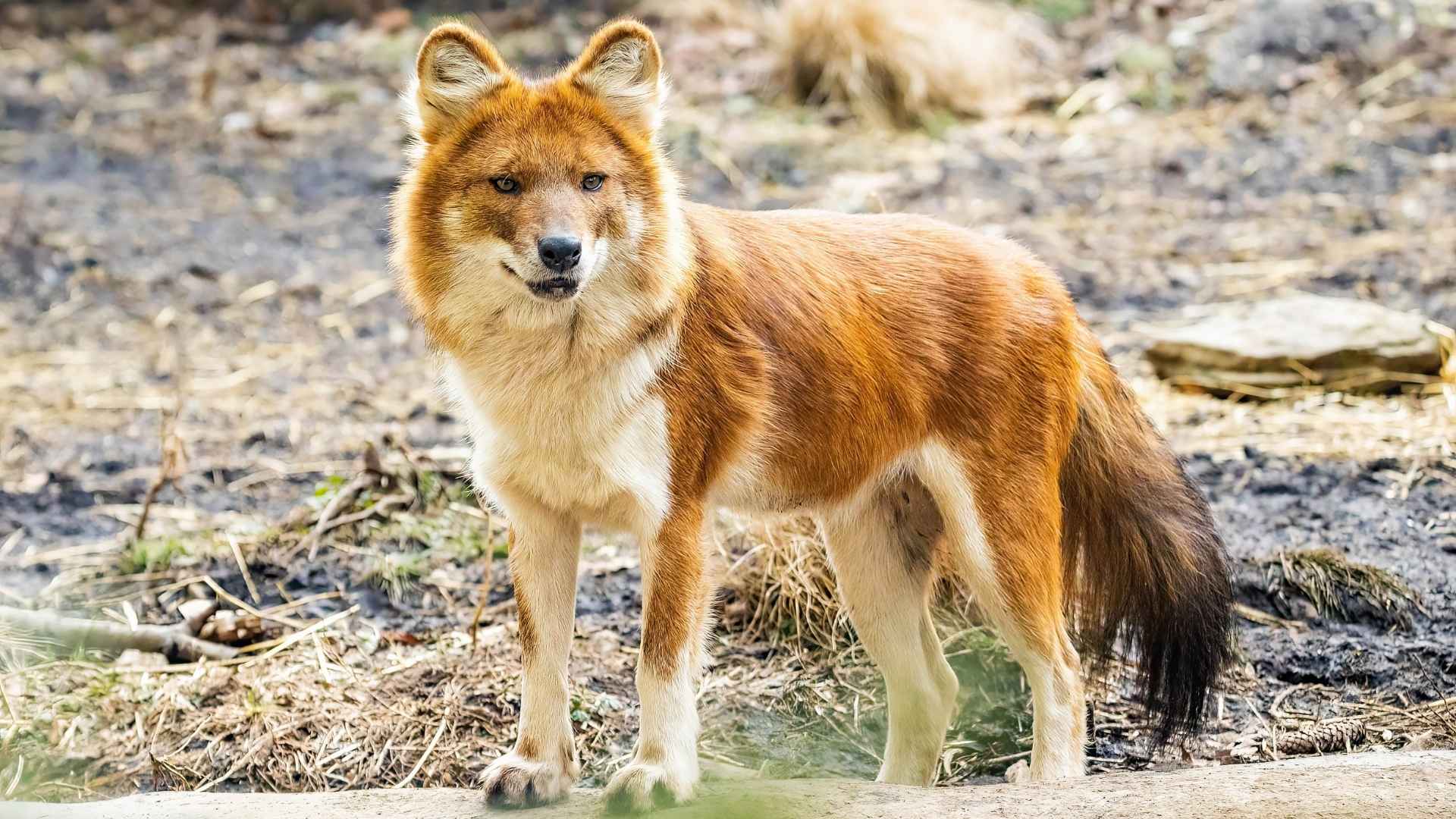When you look at your fluffy and clingy pup, can you imagine the kind of wild, untamed ancestors they had? Wild dog breeds are just as fascinating as our domesticated canine buddies. Many wild dogs are endangered as you read this, so it’s important to know and remember them.
Let’s learn more about your adorable dog’s fiercer distance cousins.
7 Wild Dog Breeds
1. African Wild Dog
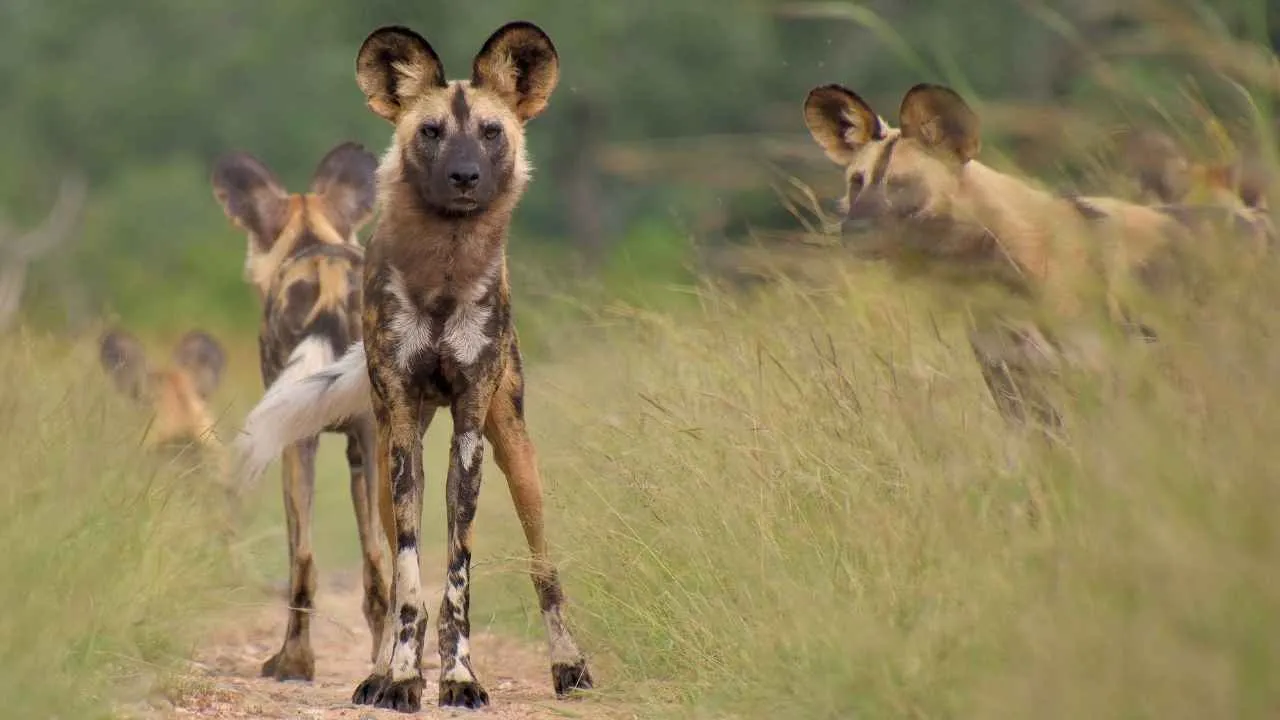
The African Wild dog is native to sub-Saharan Southern Africa and is one of the most endangered mammals. They weigh around 40-70 pounds and are one of the largest wild dog species. They have impeccable stamina forged by life in the wild.
These large animals are also called painted dogs, Lycaon pictus, and cape hunting dogs. They’re a distinct species.
African wild dogs do have some pack-forming tendencies, even if the number ranges from 10-40. Even bad boys need their besties. As an African hunting dog species, they’re cunning and strategic when going after small prey.
The African wild dogs can sprint like Usain Bolt when they need to. Actually, they can reach a speed above 44 miles per hour. African Wild dogs have a patchy coat that comes in different colors. Their bushy tail can have a white patch, and they can wag it as a communication method with their packs.
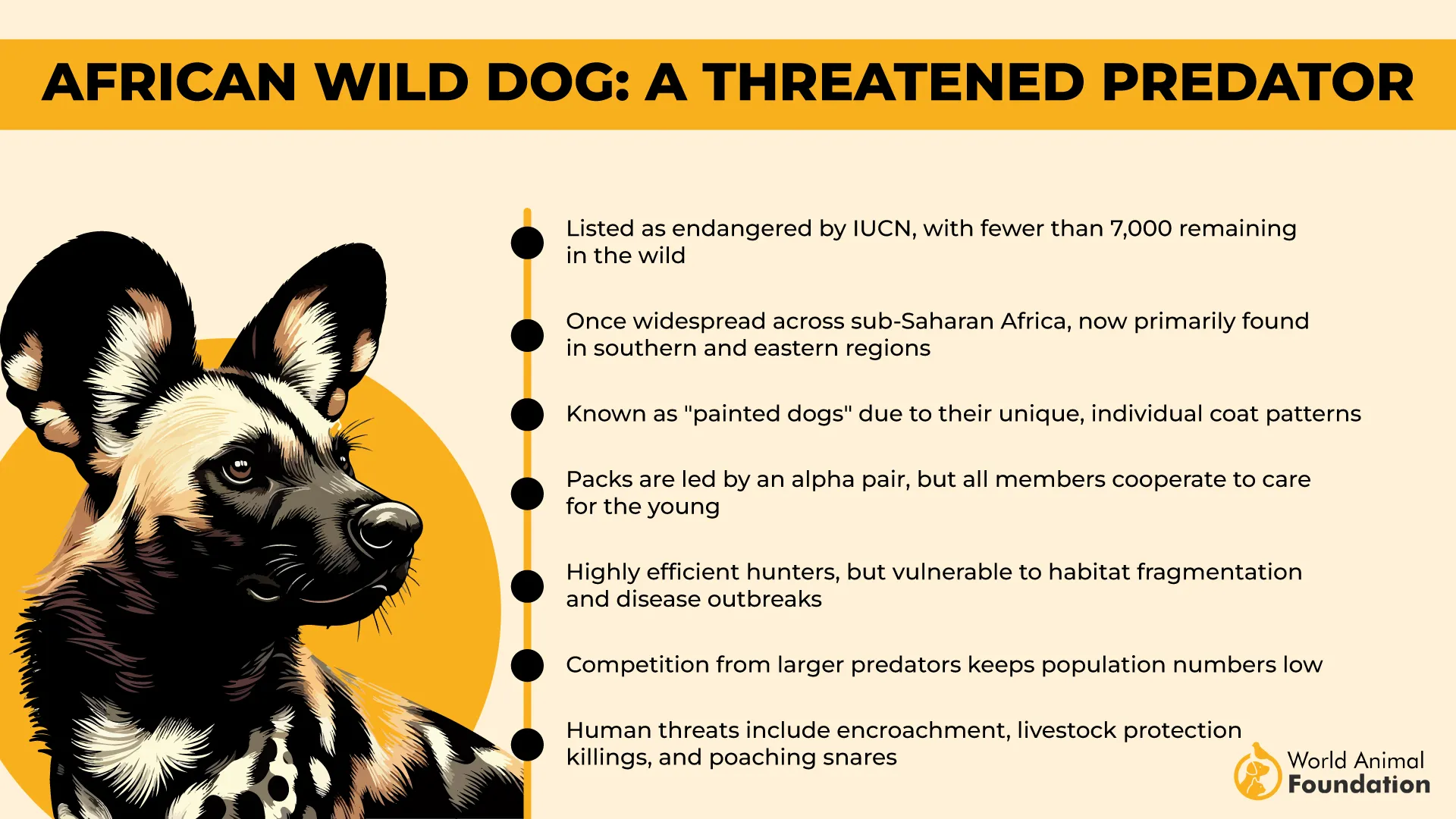
Despite all these amazing traits, why are African wild dogs facing extinction? You might wonder. The reason has mainly been coming in contact with human life and domestic dogs. Even these tough canines tend to catch those mean infections.
WWF’s conservation attempts in collaboration with governments are in progress. They’re monitoring African Wild Dogs in KAZA to obtain data to make protection measures work. This gives us some hope that the African wild dogs will remain a part of the African ecosystem.
2. Dhole
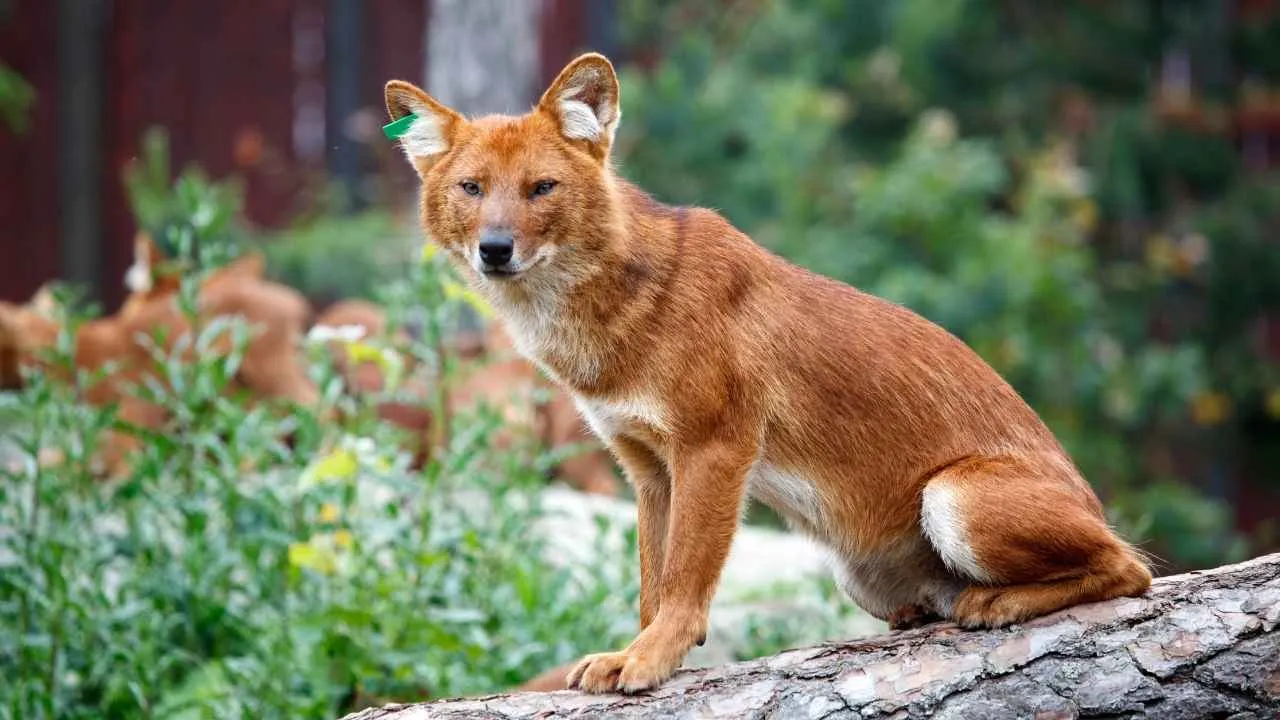
From rainforests to greenlands to scrublands, Dholes are wild dogs that adapt to diverse climate conditions and are found across Southeast Asia. A Dole by any name; they’re also called Asiatic Dogs, Whistling Dog, and Red Dog. The conservation status of these gorgeous dogs is ‘endangered’ according to the IUCN.
They come from the same family group as foxes, wolves, and coyotes. Dholes stand out for their fox-like appearance, from ear to tail. They’re about 20 inches tall on average and can weigh:
Females: 22 to 29 pounds
Males: 33 to 44 pounds
Their colors vary as much as the kind of habitat they come from; mostly, they’re sandy beige, rust red, and charcoal gray. Adult Dholes have longer, fox-like tails, with distinctive black marks on the tips.
They’re fast runners and fabulous hunters; they even share habitat with larger predators like lions. Their diet consists above 70% meat and they hunt medium to large prey, like chital and deer.
3. Maned Wolf
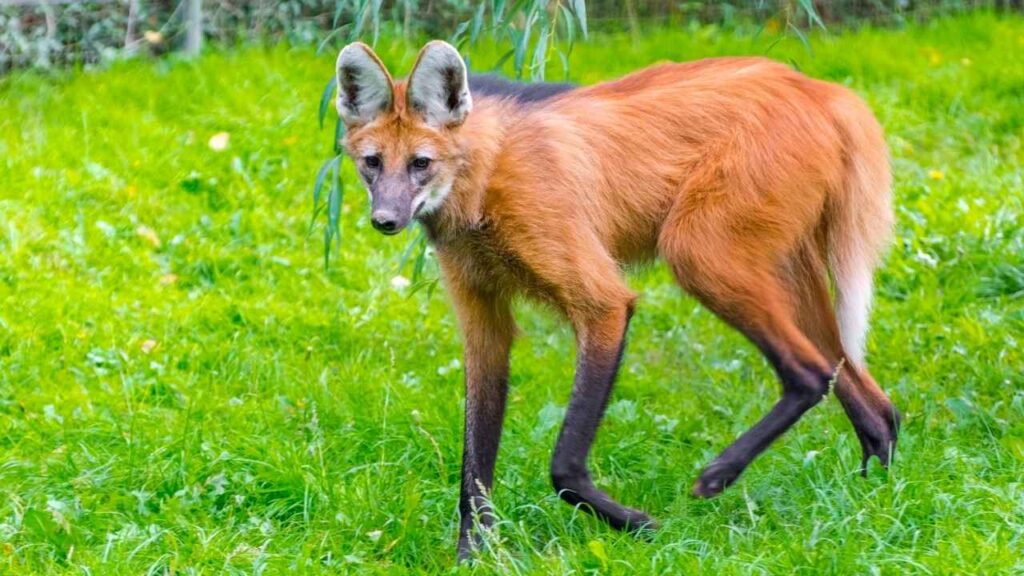
Maned Wolf is a wild dog breed that hails from South America, and is a member of the family Canidae. They’re not close relatives of wolves; just named after them. This fascinating wild dog likes to go solo instead of hanging out in packs.
These wild dogs live off a humble diet of small animals, insects, and plants. How’s that for balanced nutrition? These wild canines are nocturnal in nature and like to avoid humans, so if you saw them, you didn’t. Their conservation status has been reported as ‘near threatened‘.
Their long legs stand out the most in their appearance, and also save them from bigger predators. They have pretty unique, long ears that they can turn to catch sounds of other animals, especially prey species. Pretty crafty, right?
Another distinctive feature they have is their thick fur with a thicker growth on the back of their necks. Hence the name ‘maned wolves’.
4. The Ethiopian Wolf
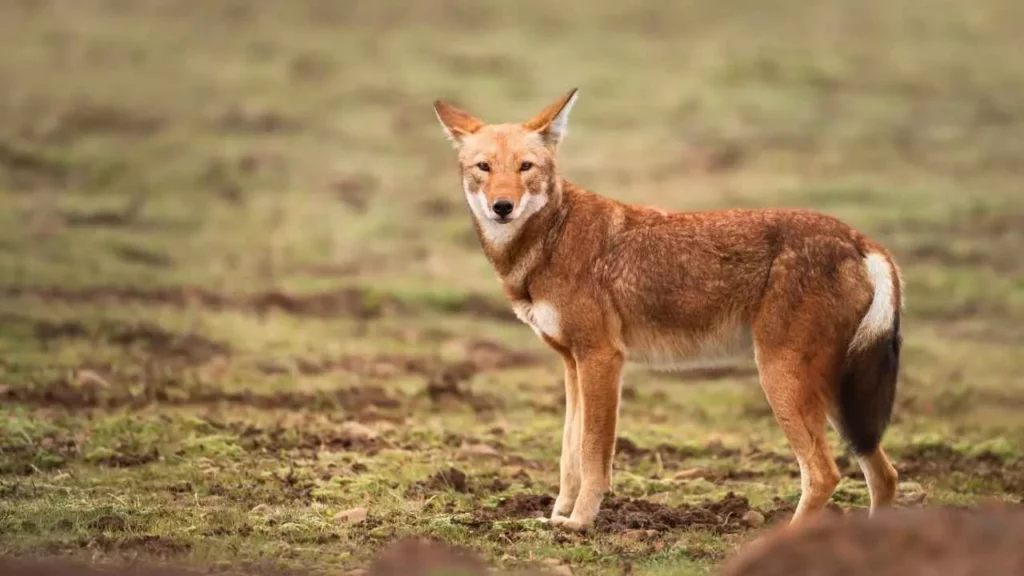
This canine is a member of the Canidae family and is found in the mountain regions of Ethiopia. With a beautiful fox-like face and lean legs, it’s one of the most distinct predators of the Bale and Simien Mountains.
An integral part of Ethiopia’s wildlife ecosystem, this dog’s conservation status has reached ‘endangered’. This wolf-like canid faces threats of extinction due to rabies outbreaks and habitat loss.
The Ethiopian wolf often has white patches on the neck and chest, and a bushlike tail with white, brown, and black fur.
Normally a social animal, this dog knows some things can’t be shared, and avoids pack hunts. They like to munch on animals like rats and Stark hares, though they occasionally go for prey such as baby geese and eggs.
5. Bush Dog
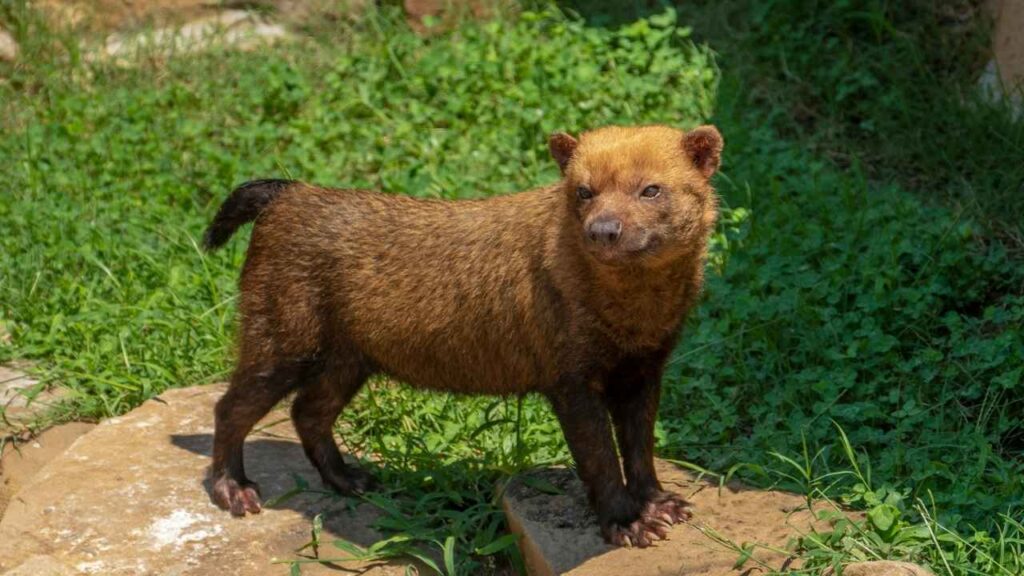
Bush dogs are based in Central America and South America (mainly the Amazon basin). These small dogs live in closely-knit packs. They literally follow each other around and sleep close to each other. (Did I hear some ‘awwws’?)
Now the sad part; these adorable canines are a near-threatened species, with their numbers down by a whooping 25% in 12 years. Factors include habitat loss and catching diseases from domestic dogs.
This is a cause of concern because Southern bush dogs are a crucial part of the ecosystem, as their hunting keeps the rodent population under control.
They seem to be moving about, as sightings in Panama have also been reported. The Panamanian bush dog was photographed by an automated camera in a remote area of Panama.
The hobbits of wild dog Kingdom, South American Bush dogs, are no taller than 8-12 inches. Their bodies are tiny and thick with bushy tails. Their webbed feet help them swim and become fantastic underwater hunters as well. Imagine them chasing their favorite prey, the paca and agouti, with those adorable feet.
6. Coyote
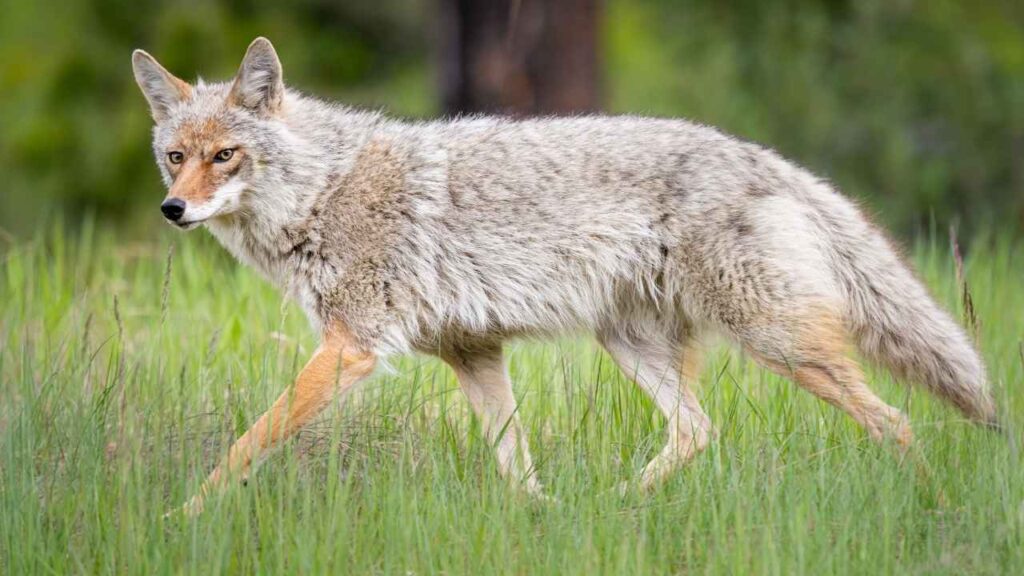
Who else can’t help but remember a famous cartoon character after reading about Cayotes? These fascinating animals have been a part of pop culture and media. They’re free spirits who love open spaces like deserts and prairies. But they’ll also end up becoming introverted if raised in Urban areas; you might notice them trying to hide from people.
These medium-sized dogs look a bit like Collies and German Shepherds. They have a lean muzzle, pointed ears, and a tail that kinda droops. This canine is yellow-eyed and its coat comes mostly in a captivating gray tone, though you’ll notice tinges of red around the face and ears.
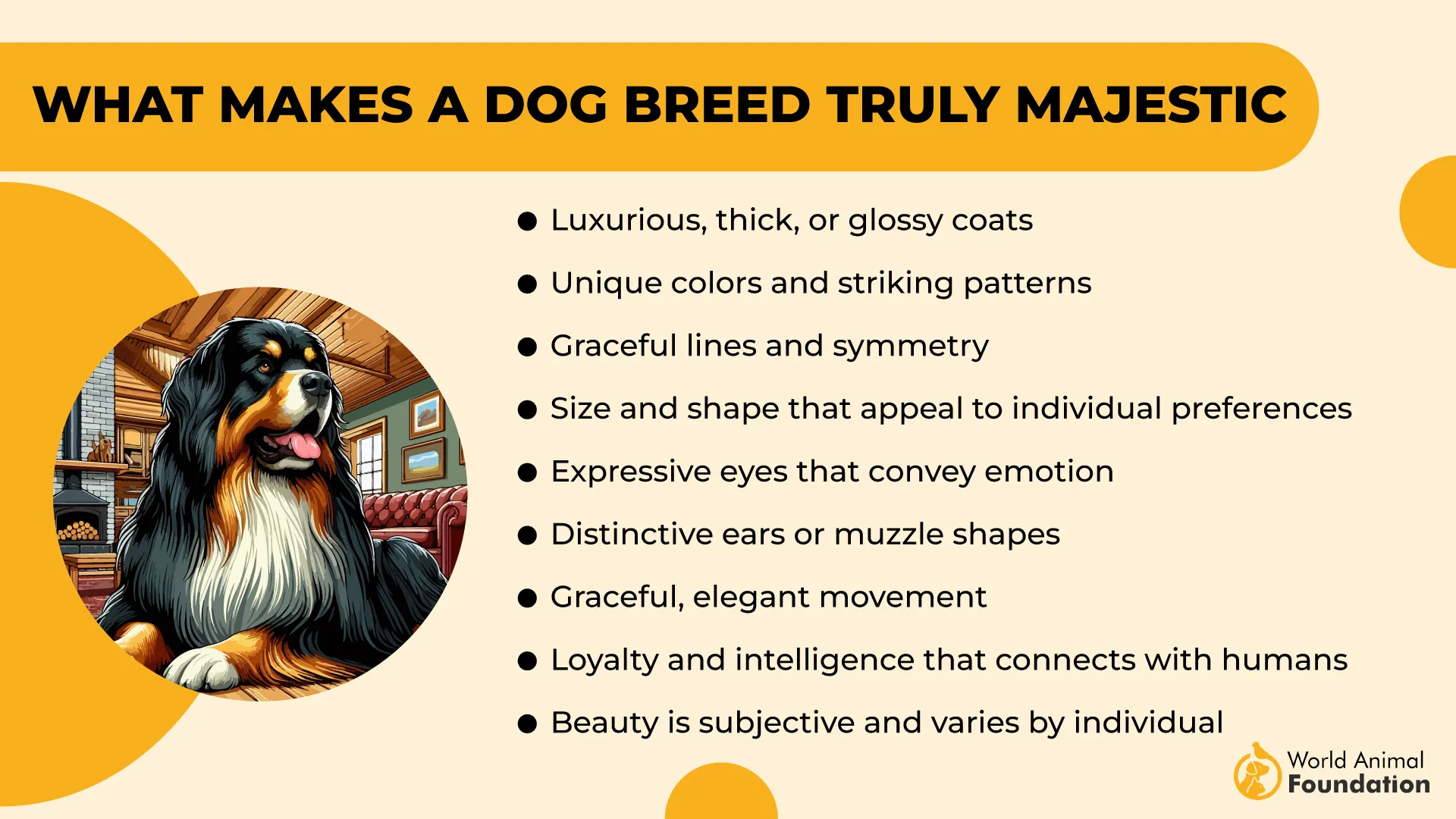
These untamed furries scavenge whatever prey they can and go after both small and large animals. Whatever the opportunity presents!
7. Gray Wolf
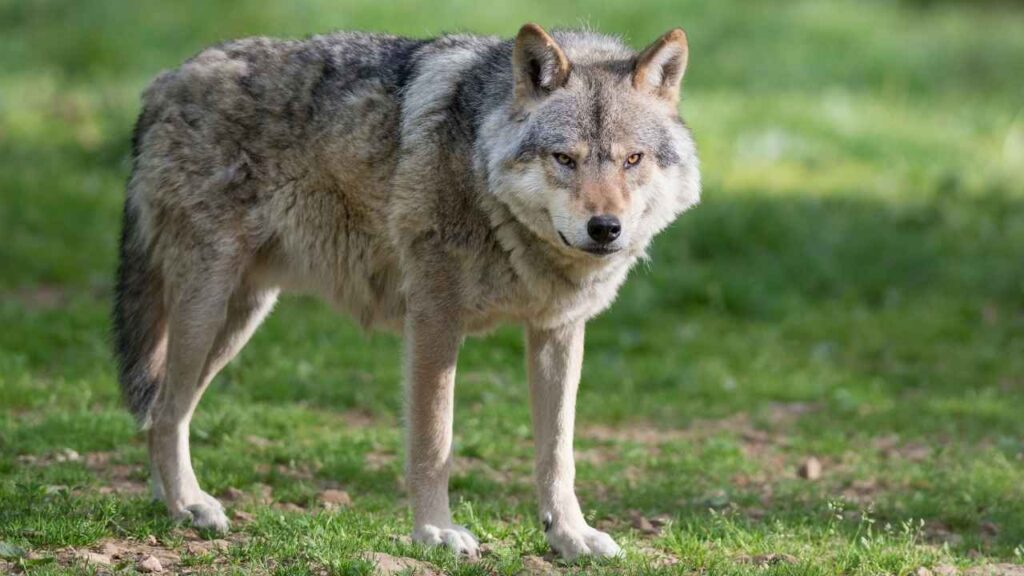
This solemn-looking dog is also called as timber wolf and canis lupus. Heavier than some other canids like the Red wolf and the canis lupus dingo, this canine is a powerful predator. Many of its subspecies have been domesticated, so all we know, your pup might be one of its relatives.
The Gray Wolf’s evolutionary history can be traced all the way back to their Carnivoramorpha ancestors 40 million years ago.
The males can be around 30 inches tall, while the ladies are almost 20 percent smaller. Sticking to the solemn aesthetics, their coat color can vary from gray to white or solid brown. Their bushy tails with black tips are quite an accessory too.
They’re literally all over the United States and have also been identified in Africa, the Middle East, and Asia. Those in the later regions tend to be smaller in stature.
Conclusion
All wild dogs around the world have their place in that region’s ecosystem. They balance out things like the reproduction of certain species, which can go off the charts without them.
Conservation attempts are being made to save these species, but more work needs to be done, especially for the critically endangered breeds. Some other canines in this category are Darwin’s Fox, Red Fox from North Africa, Eastern Wolf, Sechuran fox, Arctic Fox, and New Guinea singing dog.


